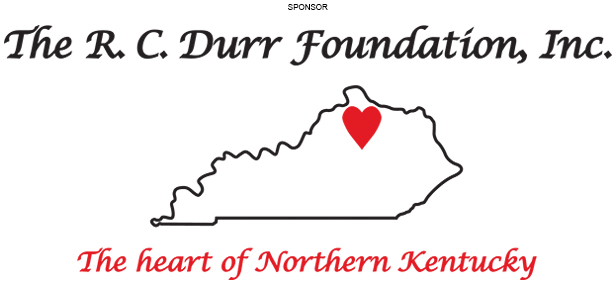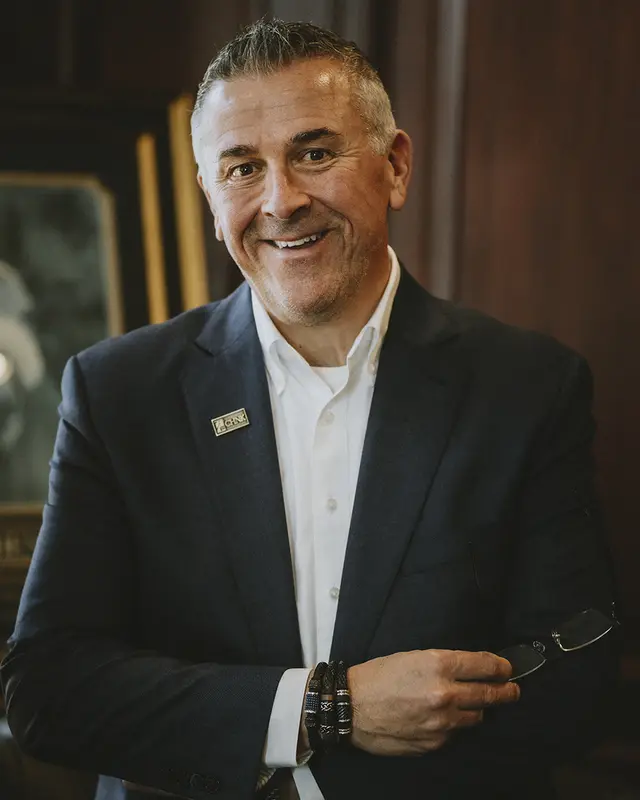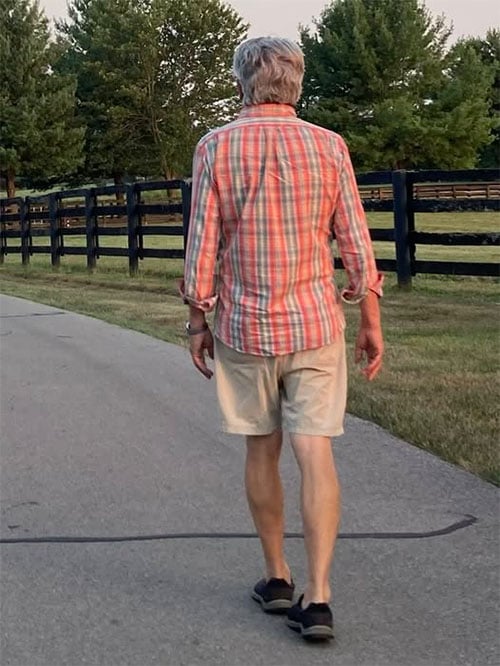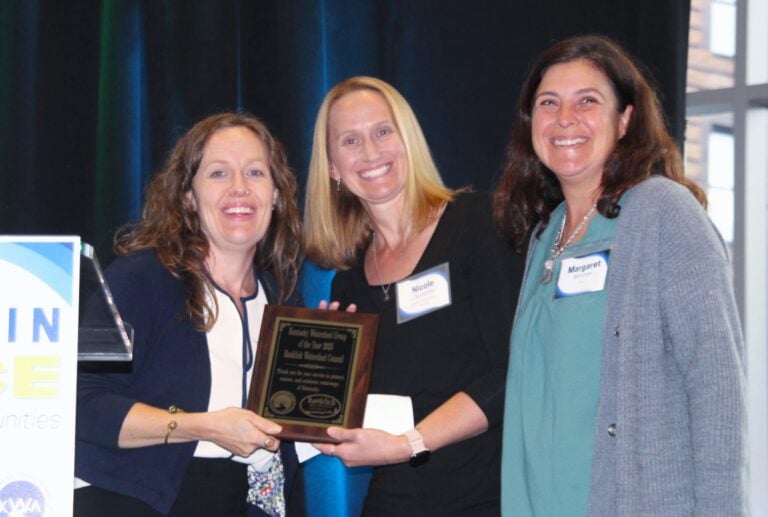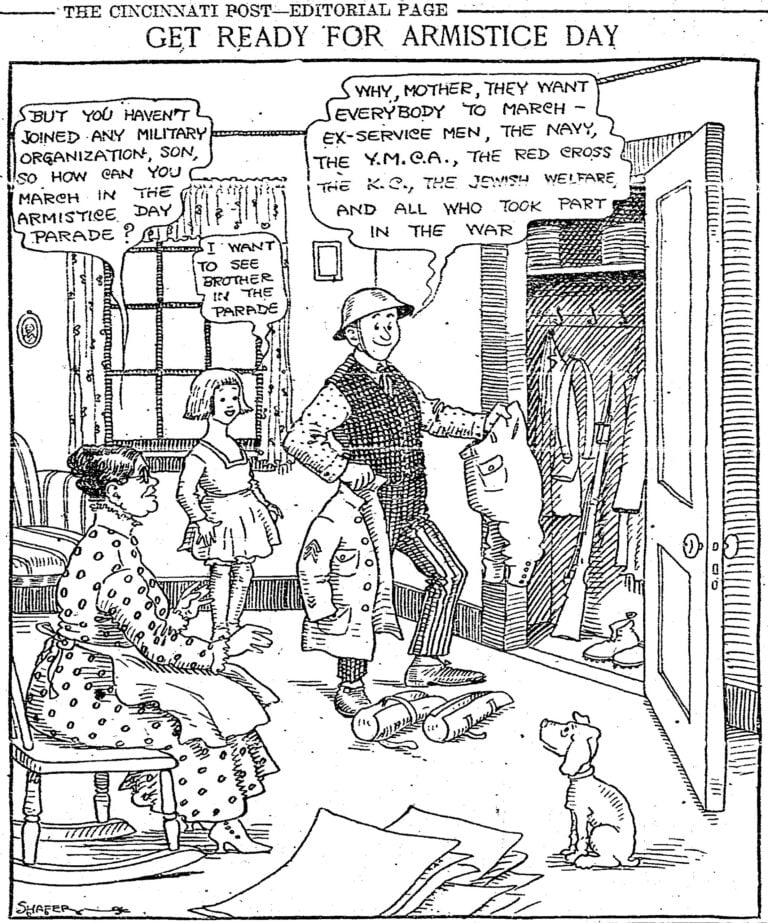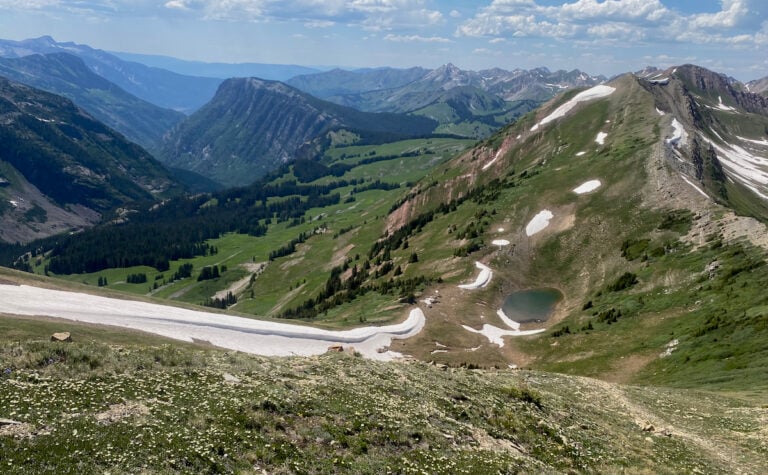At first, I didn’t know what it was. The sound sort of reminded me of a muffled elk bugle, and when a clearer bugle seemed to answer it, my suspicions seemed confirmed. But a few minutes later the call came again, this time much clearer. I stopped, eyes wide open, and looked at my friend who was hiking a few yards ahead.
We stared at each other and I mouthed “Wolf?” He nodded.
Hunting be damned, I did a little jig on the mountain.
Before long, another howl hit my ears, and a second wolf joined it in song. I danced some more. My first wolf howls.
I’ve been thinking about wolves for a very long time. From the nursery rhymes where I learned how big and bad they supposedly were to the nature documentaries to the academic papers that described their important role in community ecology, and finally to the restoration efforts of the last few decades, they fill the imagination of a hunter, ecologist, and conservationist like myself.

Wolves were imaginary no longer. I had been in wolf territory before, and even caught a glimpse of them from afar. Hunting on the edge of the Greater Yellowstone Ecosystem, this was different. This was the call of the wild, outside the protection of National Parks, in the wilderness and miles away from the nearest people. These were as wild as wolves get, hunting for their next meal, sharing the landscape with us.
Perhaps even more poignant to me was that the howls were the result of restoration. Humans decimated wolf populations in the lower 48 early in the last century, but began restoration in Yellowstone in 1995 when the first group of 14 Canadian wolves was reintroduced. Seventeen more were added the next year, and here we were, 30 years later, reveling in the howls of the ancestors of those restored wolves. Those howls were not just evidence of the presence of a top predator, they were proof that humans can restore wildness after spending so many centuries destroying it.
Thankfully, these wolves are also not alone. Restoration of the Mexican Gray Wolf began in New Mexico and Arizona in 1998. More recently, Colorado began restoration of wolves in 2023. Wildness, if not wilderness, is returning to America.
These restorations are not random. They are a result of our realization of the importance of predators for the ecology of our planet. Wolves have been well documented as keystone predators, species whose consumption of prey, or the fear of that consumption, has wide-ranging, positive effects on surrounding species. Beyond the moral imperative or restoring a species that we selfishly removed from the landscape, we now understand how ecologically important this and other species are to the ecosystem health, which in the end both directly and indirectly benefits the health and well-being of humans as well.
Conservation biologists use a unique term to describe the restoration of large predators like wolves. Rewilding. We are not just restoring a population or a species, we are restoring wildness.
And yet, as the decades of wolf restoration begin to bear fruit and bring back ecological balance and wildness to our western landscapes, some people have decided they need to destroy it some more.
The news has been filled lately with a different world view that is inconsistent with rewilding. The U.S. Department of Agriculture (USDA), which regulates our National Forests, is beginning the process to repeal the Roadless Area Conservation Rule, which since 2001 has restricted road construction and timber harvest on almost 45 million acres of currently roadless areas. Roadless areas are just what you might think of: wild areas without motorized vehicle access, which are perfect for wolves, bears, elk, bighorn sheep, and many other species. If the rule is rescinded, these areas will be opened for logging, and more importantly, the roads make them a lot less wild.
A more recent rule is also being proposed for repeal. The Bureau of Land Management (BLM) is the agency responsible for most federal land, holding 245 million acres, which is concentrated in 12 western states. In 2024 the BLM created the Public Lands Rule, which was intended to put conservation on equal footing with mining and grazing on BLM land, an admirable goal. In September, the BLM proposed to rescind the rule, in part citing its impact on economic activity like mining and grazing.
Apparently, conservation is no longer as admirable as it was just a year ago to some people.
Even wildlife refuges, land that we have set aside specifically for wildlife, are being opened for exploitation. The Arctic National Wildlife Refuge (ANWR), which is found in northern Alaska, is home to a wide variety of wildlife, including caribou, musk oxen, polar bears, grizzlies, moose, and wolves, and is critical breeding ground for almost 200 species of birds, including snowy owls and tundra swans. Its coastal plain is the primary calving ground for the Porcupine Caribou Herd, which is an important resource for the local indigenous people. It is a wildlife refuge, but it is also wilderness incarnate, and has been protected since 1960.
ANWR has been a political ping-pong ball for decades, with some administrations supporting its protection and others attempting to open it for energy development, which is the current situation. Rather than build off the restoration gains we have made, our government has decided to recycle 19th century history by destroying one of our last remaining wilderness areas, impacting an important resource for indigenous people, and in the process increase our production of greenhouse gases, all for the short-term profits of the oil industry.
The good news is that many are fighting these continued efforts to degrade our last remaining wild areas.
Several of these efforts are just beginning, and you can comment publicly both to the agencies in charge and to your representatives. Many environmental groups have begun the legal challenges to these changes, particularly ANWR. More will be coming. Your support of these groups can make a real difference in how successful we are defending wildlife and the wild places they live.
We have spent the better part of our existence as a country subduing wildness, but how much we keep wild, and the degree to which we rewild some of our country, is up to us. We decide how wild we want it. Right now, the people making those decisions seem to want to go back a century to a time when humans didn’t know better, and just took and took and took from our wild landscapes.
But we do know better.
We are at a tipping point for the future of Earth, and America continues to be an example for the rest of the world. Will we continue our 19th century exploitation efforts until the United States looks like Europe, which only has about 1% of its original natural lands still intact? Or, will we turn that page and continue to restore and rewild our country? I imagine that the people of many countries that are coming to grips with their own wildness would love to know our plans, and will likely follow our lead.
Will we turn our backs on decades of wildlife conservation and restoration, and the science that underlies it, that maintain and improve the ecosystems that help keep our planet, and the humans that live on it, healthy? Will we continue to mortgage the future of our planet, and our children and grandchildren, just one more time, all for short-term economic gain?
In the end, all of that continues to be up to each of us, because we have and will continue to make America exactly as wild as we want.
Dr. Howard Whiteman is the Commonwealth Endowed Chair of Environmental Studies and professor in the Department of Biological Sciences at Murray State University.







